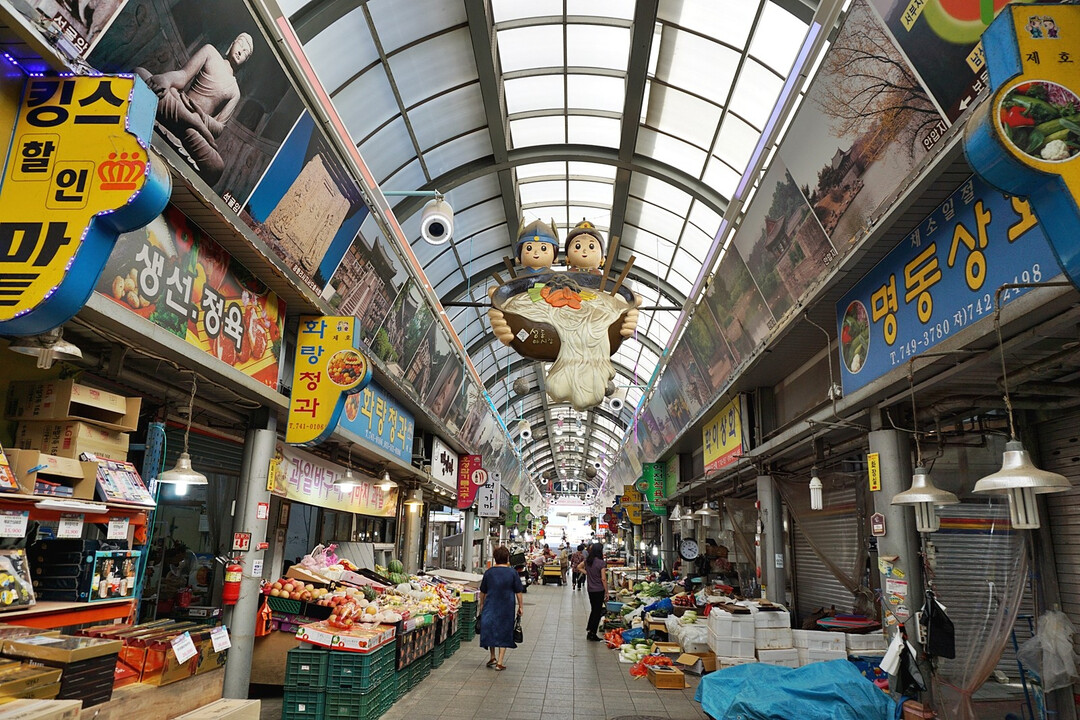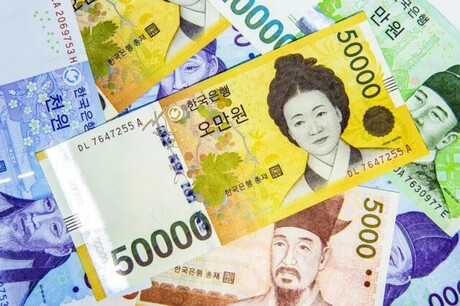
GYEONGJU – In the ancient city of Gyeongju, where history whispers from every corner, a different kind of story unfolds daily at the Seongdong Market. This bustling hub of commerce, a cornerstone of the community since its move to the current location in 1971, is not merely a place to buy and sell goods. It is a vibrant, sensory experience, a living museum of Korean culinary tradition and communal life. Recently renovated to blend modern convenience with its traditional charm, Seongdong Market stands as a testament to the enduring spirit of local markets in the face of ever-growing competition from large supermarkets and online retailers.
The journey into Seongdong Market begins with its meticulously organized layout. Unlike the labyrinthine alleys of some older markets, Seongdong is thoughtfully divided into distinct sections. There are streets dedicated to fresh produce, where vendors hawk vibrant fruits and vegetables piled high in a kaleidoscope of colors. The air in the Dried Fish and Seafood Streets is thick with the briny scent of the sea, offering a direct link to Korea's coastal bounty. This clear organization, coupled with a newly constructed parking tower, ensures that the market is accessible and welcoming to both longtime patrons and first-time visitors alike.
However, the true soul of Seongdong Market is found in its food offerings. A visit here is incomplete without a pilgrimage to Bunsik Alley. This stretch of the market is a cacophony of sizzling oil and a riot of flavors. Here, classic Korean street foods are elevated from simple snacks to a culinary art form. Shoppers can be seen huddled over bowls of spicy tteokbokki, its chewy rice cakes coated in a rich, fiery red sauce. Nearby, vendors skillfully prepare gimbap, rolling fresh ingredients into perfect cylinders. The aroma of frying twigim – crispy, golden-brown tempura – wafts through the air, tempting every passerby. It is a place where hurried lunches transform into shared moments of joy, where the simple pleasure of good food is the main event.
Perhaps the most unique and beloved feature of Seongdong Market is its Korean Buffet Village. This area is a celebration of home-style cooking, where a cadre of dedicated "ajumma" (a term of respect for middle-aged women) preside over bountiful spreads. The concept is simple yet brilliant: for a small, set price, patrons can fill their plates with a dazzling array of side dishes. The sheer variety is staggering, often exceeding a dozen different options, ranging from fermented kimchi to seasoned vegetables and savory stir-fries. Each dish is prepared with a practiced hand and a generous spirit, embodying the warm hospitality for which Korean culture is known. The recent remodeling of this village has provided a clean, comfortable environment, allowing the focus to remain on the exceptional food and the camaraderie it fosters.
In an era where efficiency often trumps community, Seongdong Market provides a much-needed anchor. It is a place where transactions are accompanied by friendly banter, where the seller remembers your favorite cut of meat, and where the market's pulse is the rhythm of daily life. The renovations and upgrades have made it more accessible, but they have done so without sacrificing its essential character. Seongdong Market is more than just a marketplace; it is the beating heart of Gyeongju, a place where tradition is not a relic of the past but a vibrant, delicious, and ever-present reality. It reminds us that sometimes, the best things in life are found not in a sterile shopping mall, but in the lively, honest exchange of a local market.
[Copyright (c) Global Economic Times. All Rights Reserved.]




























